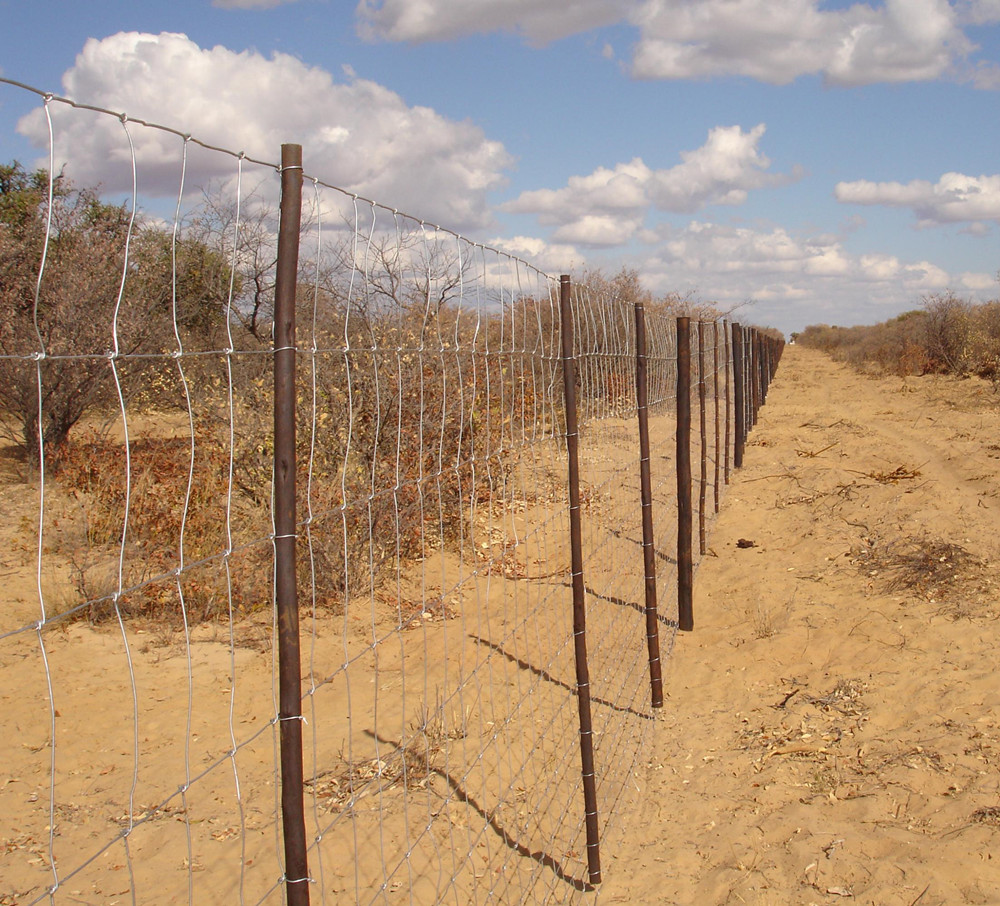Sep . 08, 2024 19:14 Back to list
types of field fencing
Types of Field Fencing A Comprehensive Guide
Field fencing is an essential component for agricultural and pastoral management, helping to contain livestock, protect crops, and enhance property boundaries. Various types of fencing are available, each with its own set of characteristics suited for specific requirements. Understanding the diverse options can aid landowners in making informed decisions that best suit their agricultural needs and environmental conditions.
1. Barbed Wire Fencing
Barbed wire fencing is one of the most common types used in rural settings. It consists of sharp barbs twisted around wire strands, which deter animals from attempting to breach the perimeter. Barbed wire is highly effective for containing livestock, especially larger animals such as cattle and horses. It's relatively inexpensive and quick to install, making it an ideal choice for large fields. However, its sharp edges can pose a risk to both animals and humans, so it may not be ideal for areas frequented by children or small pets.
Electric fencing is becoming increasingly popular due to its efficiency and flexibility. It consists of electrified wires that deliver a mild shock to animals that attempt to breach the perimeter. This fencing can be permanent or temporary, allowing for rotational grazing or protecting new crops. Electric fencing is particularly useful for managing more aggressive animals, as it provides a psychological barrier as well as a physical one. However, it requires a power source, which should be considered when choosing this option.
3. Wire Mesh Fencing
types of field fencing

Wire mesh fencing is constructed from woven or welded wire, providing a sturdy barrier that is both durable and effective at keeping animals in and predators out. This type of fencing is commonly used for smaller livestock such as sheep and goats, which are more agile and may escape through larger gaps found in other fencing types. Wire mesh fencing comes in various heights and gauges, making it versatile for different farming needs. It is, however, more expensive and labor-intensive to install compared to barbed wire.
4. Wood Fencing
Wood fencing, often used for aesthetic purposes, provides an attractive option for field fencing. Common types include post-and-rail and picket fencing. While wooden fences can provide a sturdy barrier, they are typically more expensive and require regular maintenance to prevent decay and damage. Wooden fences also may not be suitable for larger livestock, as animals can easily push against them. However, they can enhance the visual appeal of a property while serving an important functional purpose.
5. Vinyl Fencing
Vinyl fencing has gained popularity due to its low maintenance requirements and long lifespan. Unlike wood, it does not rot or require painting, making it a sustainable choice for property owners. It is available in various styles and colors, providing both functionality and aesthetic appeal. However, vinyl fencing can be prone to cracking in extreme temperature fluctuations and may not offer the same level of security as other types of fencing, especially against larger animals.
In conclusion, choosing the right type of field fencing depends on specific needs such as livestock, property aesthetics, and budget. Considerations regarding safety, maintenance, and longevity will also play crucial roles in the decision-making process. By evaluating the various options, landowners can select the most appropriate fencing solution to protect their fields and livestock effectively.
-
Hop Dipped Galvanized/PVC Coated Temporary Fence - Anping County Xingzhi Metal Wiremesh Products Co., Ltd.|Temporary Fencing Solutions, Durable Security Products
NewsJul.30,2025
-
Hop Dipped Galvanized/PVC Coated Temporary Fence-Anping Xingzhi|Durability&Cost-Effective
NewsJul.30,2025
-
Hop-Dipped Galvanized PVC Fence - Anping Xingzhi | Durable, Quick Deployment
NewsJul.30,2025
-
Hop Dipped Galvanized/PVC Coated Temporary Fence - Anping County Xingzhi|Temporary Fencing, Durable Security, Customization
NewsJul.30,2025
-
Hop Dipped Galvanized PVC Coated Temporary Fences - Anping County Xingzhi|Durable Corrosion Resistance, Quick Installation
NewsJul.30,2025
-
Hop Dipped Galvanized / PVC Coated Temporary Fence - Anping County Xingzhi Metal Wiremesh Products Co., Ltd|Durable Temporary Fencing&Versatile Applications
NewsJul.30,2025



